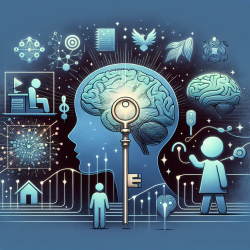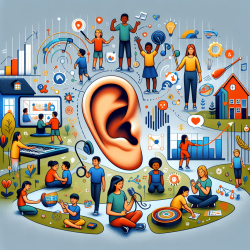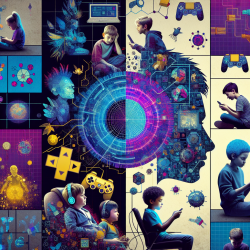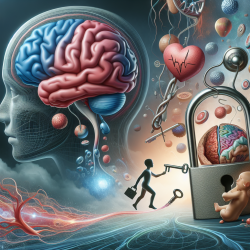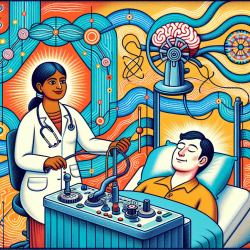Understanding Developmental Language Disorder (DLD)
Developmental Language Disorder (DLD) is a complex neurodevelopmental condition that affects approximately 7% of children, making it more prevalent than autism spectrum disorders and dyslexia. DLD is characterized by difficulties in understanding and producing spoken and written language, which cannot be attributed to hearing loss or neurological damage. The disorder often leads to lifelong challenges, including anxiety, depression, and social difficulties.
Neuroimaging Insights: Bridging the Divide
Recent research, as outlined in the article "Bridging the Divide: Brain and Behavior in Developmental Language Disorder," highlights the significant role of neuroimaging in understanding DLD. The study synthesizes findings from various neuroimaging studies, revealing atypical brain volume, laterality, and activation/connectivity patterns in key language regions among children with DLD. These differences are believed to contribute to the language difficulties experienced by this population.
Key Findings and Implications for Practice
- Structural Differences: Children with DLD often exhibit smaller overall brain volumes and altered gray and white matter volumes compared to typically developing peers. These structural differences suggest a potential link to the language impairments observed in DLD.
- Functional Activation Patterns: Functional MRI studies indicate differences in brain activation levels, locations, and laterality during language-related tasks. These findings underscore the need for targeted interventions that consider the unique neural profiles of children with DLD.
- Cerebral Blood Flow: Abnormal patterns of cerebral blood flow in language-related brain regions have been identified, suggesting potential targets for therapeutic interventions aimed at improving language outcomes.
Bridging Theory and Practice
The study emphasizes the importance of integrating neuroimaging findings with theoretical accounts of language impairment in DLD. By doing so, practitioners can better understand the underlying neural mechanisms contributing to language difficulties and develop more effective intervention strategies. This integration also highlights the need for continued research to refine our understanding of DLD and its neural underpinnings.
Future Directions
Moving forward, it is crucial to conduct larger-scale studies with carefully defined participant criteria to replicate and expand upon existing findings. Longitudinal studies are particularly valuable in elucidating the developmental trajectory of brain differences in DLD and their impact on language abilities. Additionally, exploring the underlying neurobiological mechanisms, such as myelin content and connectivity patterns, may provide further insights into the etiology of DLD.
For practitioners, staying informed about the latest research and incorporating neuroimaging insights into clinical practice can enhance the effectiveness of interventions and ultimately improve outcomes for children with DLD.
To read the original research paper, please follow this link: Bridging the Divide: Brain and Behavior in Developmental Language Disorder
